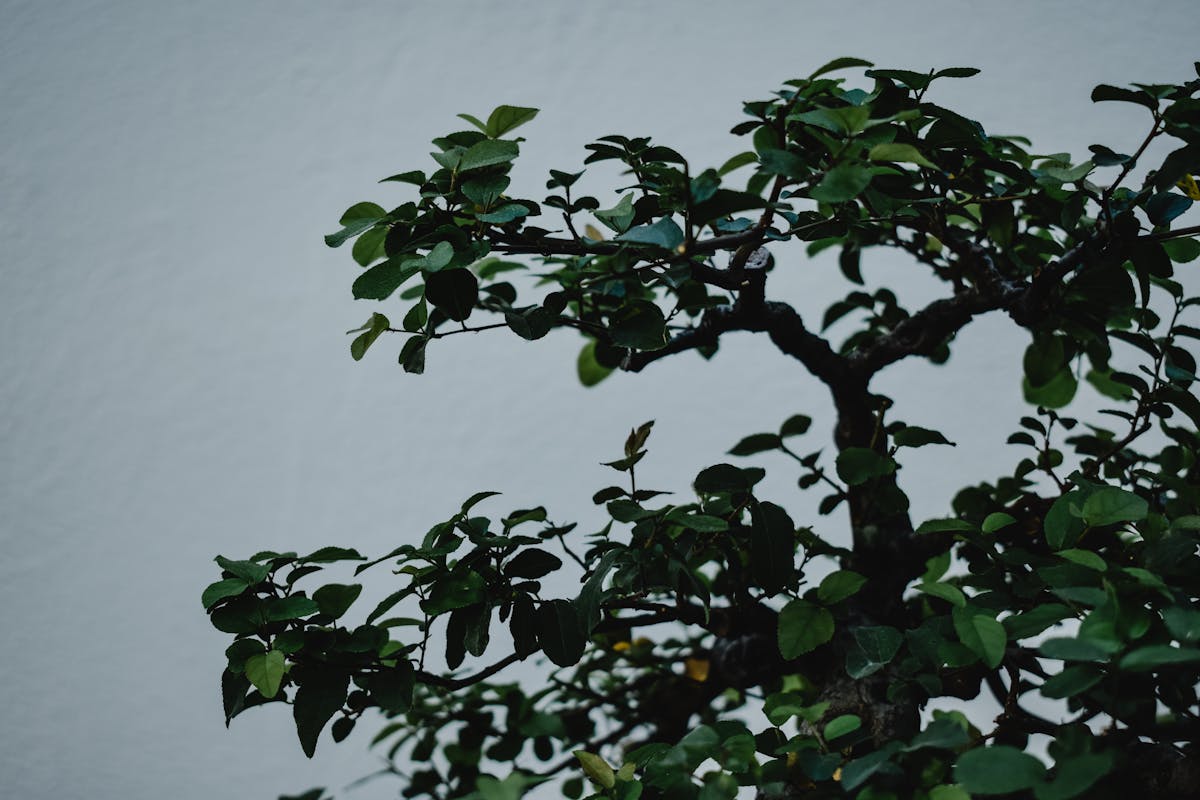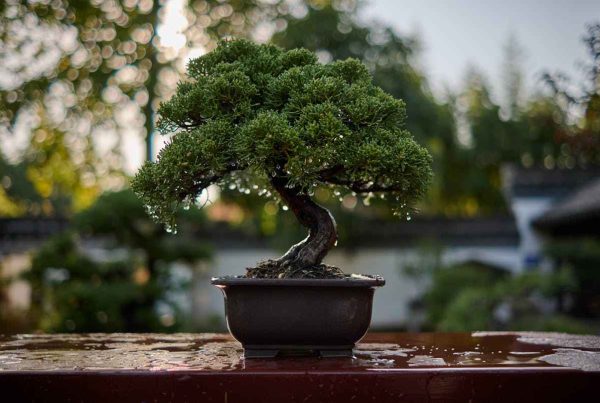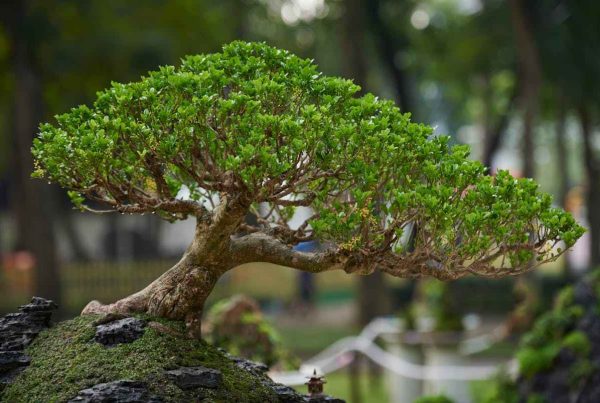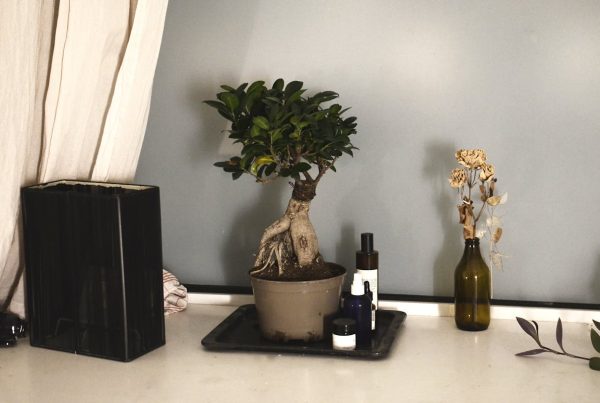The Chinese elm is native to China and Southeast Asia. In its natural environment, it can be a large tree that can reach a height of 25 meters. It develops beautiful branches with small leaves, making it an excellent Bonsai plant.

Care of Bonsai Chinese elm Pruning
Chinese Elm Bonsai Care Instructions
Placement
Chinese Elm thrives in full sun and/or partial shade. In temperate climates, you can even leave it outside during the winter months. If you have an indoor Chinese Elm bonsai, you can place it outside in summer. But, in winter, it is better to put it in a cool, but not cold, room. Chinese elm is usually cold-resistant. But, this varies by the region it’s imported from. Trees in the north of China are colder than those in the south. Chinese elms drop their leaves or keep them until spring. This depends on the winter temperature. New leaves appear in spring.
Watering Chinese elm does not tolerate prolonged drought or constant moisture. Ignore labels that say your Chinese elm needs watering every day. Give it a steady supply of water. Let the soil surface dry out, then water to ensure all roots receive water. Read on to learn more about watering bonsai trees.
Fertilizer
Provide adequate fertilizer to nourish your Chinese elm throughout the growing season. You don’t need to use organic fertilizer. Organic fertilizers, and a combination of organic fertilizers, give the best results. There is no need for fertilizer during the winter months when the elm is dormant.
Pruning and wiring.
Chinese Elm boosts its growth through frequent trimming for sturdy branching. Allow the shoot to grow 3 or 4 heads before cutting it back to 1 or 2 leaves. The tree grows best on older trees after heavy pruning. The best time to prune large branches is late summer. Chinese elm is ideal for installation using standard techniques and wiring techniques. Read more about pruning bonsai trees.
Pruning
Prune Chinese elm every two years when it is young. They may recur over a longer period of time as they get older and larger. Regardless of age, the best time to prune is in the summer. Elm roots tend to grow crooked and tangled. Precise root cutting is essential to avoid damage. This creates a healthy nebari. There are no specific soil requirements, but it’s best to choose a well-drained soil. A regular soil mixture is enough. Read more about bonsai tree reviews.
Advertisement
We recommend using trees to propagate Chinese Elm bonsai trees. It’s easy and rarely causes problems. Seed advertising is, of course, possible but not recommended.
General information about Chinese elm bonsai trees.
Beginners should choose Chinese elm for bonsai. This tough tree tolerates pruning and grows well both indoors and outdoors. People like such trees for their good pruning habits. They also like them for their small leaves and attractive bark.
Chinese elm is the most popular elm for bonsai, but other elms are also suitable for bonsai. Chinese elm is often confused with Japanese zelkova. Mature bok choy develops a large, orange husk. The zelkova rind stays intact. Additionally, Chinese elm leaves have a large surface area. Zelkova leaves are small and pointed.
Siberian elm (Ulmus pumila) is also like Chinese elm. It is native to Eastern Siberia, Central Asia, Mongolia, and Northern China. It has two large leaves and thick bark. Siberian mountain ash is very cold-hardy, drought-tolerant, and resistant to Dutch elm disease. If you need help identifying your tree, see our Bonsai Tree Identification Guide.




